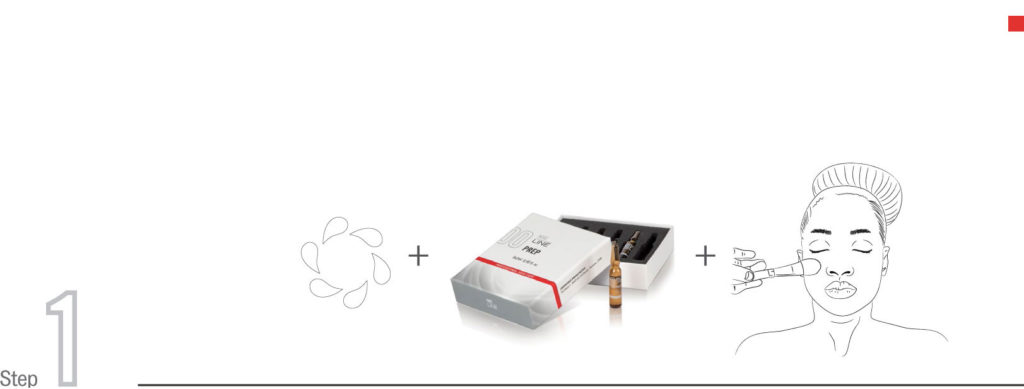We should never forget that Melasma prevails among people with dark skin. While approximately only an 8,8% of Latin women are affected of Melasma, a 40% of population suffer this affection in South Asia. It can be caused by the presence of melanocytes biologically more active in the affected skin instead of a simple increase of melanocytes. The incidence of melasma among the same members of a family suggests that there is also a genetic susceptibility. Sun exposure exacerbates this alteration probably because the positive regulation induced by ultraviolet radiation on melanocyte-stimulating cytokines.
Another aspect to consider when treating ethnic skins is the development of post-inflammatory hyperpigmentations in which the pigment (as it happens with affections of melasma) can be deposited only in the epidermis or in both, dermis and epidermis. It is mostly caused by acne, atopic dermatitis, irritant, allergic and/or contact dermatitis, trauma, psoriasis, lichen planus and drug eruptions. Skin trauma or inflammation can either increase or reduce the production of melanocytes. It is believed that hyperpigmentation is caused by the activity of cytokines, mediators of inflammation and reactive oxygen species.





